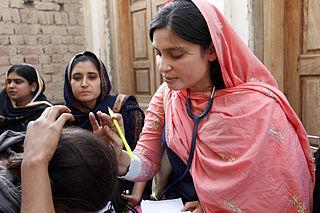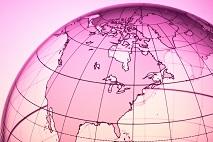Often referred to as global development, International Development is a term used to describe the activities that developed countries, or donor countries, carry out to help poor or developing countries lift themselves out of poverty and raise their standard of living.¹ About 2.6 billion people (nearly 2 of 5) live on less than $2 a day.¹ It is a multi-disciplinary field of study working to improve the quality of life for all humans. A few of the main aims of international development aid focus include¹: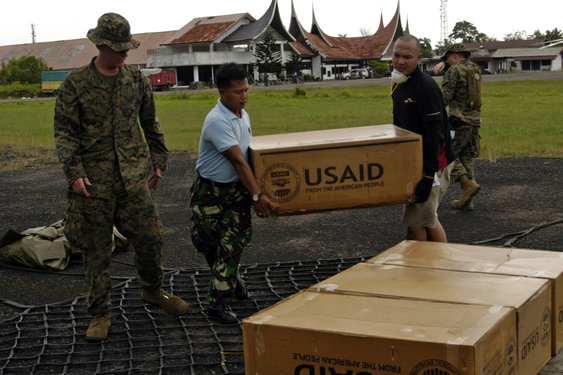
- Improving the health and education of the people in a country so deaths do not occur from lack of food, medical services or knowledge;
- Creating a sustainable food supply so that people can feed themselves;
- Boosting economic development so that people can get decent jobs and support their families;
- Promoting safety, human rights, and law and order so that people can thrive
History of International Development
1960s
The controversial field of International development rose out of standards from World War II, where lowering poverty was a key goal across many countries. Following this, the 1960s were a decade of industrialisation. It lead to the development of large scale industrial projects, with funding directly going to African governments and coming primarily from the USA, but also Europe.²
1970s
The 1970s saw a drastic shift to a poverty focus. This began with the 1973 Arab embargo on oil, which lead to oil price rises, followed by food price rises and a recession across Africa.² This in turn redirected foreign aid from industrial projects to projects in agriculture and rural development and social services, which directly targeted regions with high density of the impoverished population.² However, some researchers note that despite the increasing flows of aid, more and more people in Africa were falling into poverty.
1980s
The 80s saw the emergence of Neoliberalism and Structural Adjustment Programs (SAPs).
By the end of the 70s, Africa had accumulated a total of $36 billion in foreign assistance. Now the world was seeing a shift from governmental aid towards multilateral aid - meaning the emergence of national organizations like the World Bank and the International Monetary Fund (IMF).
Neoliberalism is a set of economic policies with the following foci³:
- The rule of the market: liberating "free" enterprise or private enterprise from any bonds imposed by the government no matter how much social damage this causes. This means greater openness to international trade and investment, like the North American Free Trade Agreement (NAFTA). Reduces wages by de-unionizing workers and eliminating workers' rights and the loss of price controls. This is said to increase economic growth by allowing total freedom of movement for capital, goods and services, however the wealth often does not trickle down to those who need it.
- Cuts on public expenditure for social services: cuts money from education and health care and reduces the safety-net for the poor. Even has cut back on maintenance of roads, bridges, and water supply in the name of reducing government intervention.
- Deregulation: reduces government regulation of everything that could diminish profits, including protecting the environment and on-site safety for employees.
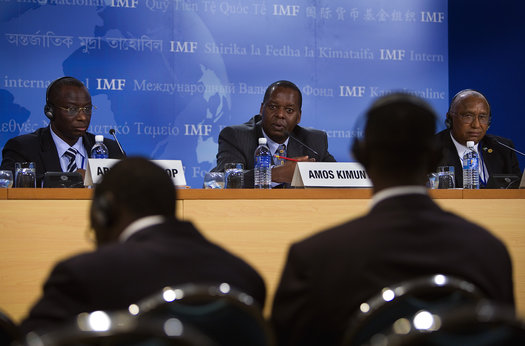
- Privatization: involves selling state-owned enterprise, goods and services to private investors. This includes banks, industries, railroads, highways, electricity, schools, hospitals and sometimes fresh water. This essentially has allowed the concentration of wealth in the hands of the few, under the guise of increasing efficiency (which is often needed).
- Eliminating the concept of "the public good" or "community": replaces it with a Western ideal of "individual responsibility" and every (wo)man or him or herself. It pressures the poorest people in a society to find solutions to their lack of health care, education and social security by themselves.
SAP refers to a plan implemented by the World Bank and the IMF. It attempts to help developing nations make their economies more productive.⁴ The goal of these programs is to help the borrowing nation pay off its debts and sustain a growing economy⁴. Essentially, SAPs are foreign investments within developing nations to provide economic growth for the country, often with detrimental effects that only benefit the Western world. One perspective of SAPs says that developing nations are provided with no other option than to comply, meaning that the IMF and World Bank are able to force their policies on the country that may be opposed by the government and the people.⁴ In many ways, it undermines any sense of democracy.⁴
1990s
Emerging-market countries' debt was upwards of $1 trillion by the end of the 1980s. Clearly, past development programs had no been successful in eliminating poverty and stimulating developing economies.² Donor institutions now laid the blame for Africa's economic failure on weak political leadership and institutions.² There was an increased focus on the need to link aid to the promotion of good governance. There is an overall belief that developing countries need a dose of Western Democracy.²
2000s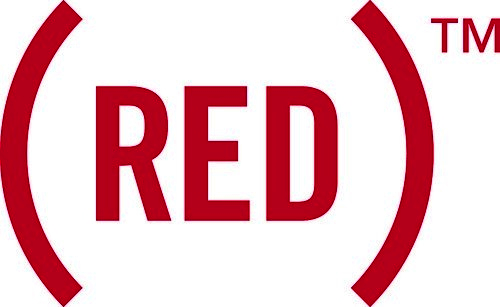
The 2000s have seen a rise of glamour aid and philanthropy, with celebrities and well-known businessmen like Bono and Bill Gates acting as spokespeople for the poor. Of particular popularity is Bono's Project Red campaign⁵, which has tied personal fashion and a feeling of "doing good". Thus, people are encouraged to fight global issues (i.e., AIDS for Project Red) through buying products. Ironically, Western consumerism is part of the problem that is global financial inequality. Project Red is supported by big name corporations like Apple, Coca Cola and Starbucks.
In 2000, the United Nations identified 8 “Millennium Development Goals” – goals that they wanted to accomplish by 2015.⁶ They include: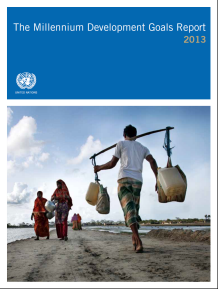
- Eradicate extreme poverty and hunger
- Achieve universal primary education
- Promote gender equality and empower women
- Reduce child mortality
- Improve maternal health
- Combat HIV/AIDS, malaria and other diseases
- Ensure environmental sustainability
- Develop a global partnership for development
More information about the MDG can be found here.
Image sources:
1. Wikimedia
2. Wikimedia
3. BealMighty
4. UNDP
References:
1. Foreign Affairs, Trade and Development Canada. What is International Development? Retrieved May 6, 2014, from http://www.acdi-cida.gc.ca/acdi-cida/acdi-cida.nsf/eng/ANN-224122740-NGU
2. Realsociology. A brief history of international development aid. Retrieved May 6, 2014, from https://realsociology.edublogs.org/2012/02/07/a-brief-history-of-development-aid/
3. CorpWatch. What is Neoliberalism? A brief definition for activists. Retrieved May 6, 2014, from http://www.corpwatch.org/article.php?id=376
4. WiseGeek. What is a Structural Adjustment Program? Retrieved May 6, 2014, from http://www.wisegeek.com/what-is-a-structural-adjustment-program.htm
5. Project Red. Retrieved May 6, 2014, from http://www.red.org/en/
6. United Nations Development Programme. Millennium Development Goals Report. Retrieved May 6, 2014, from http://www.undp.org/content/undp/en/home/librarypage/mdg/the-millennium-development-goals-report-2013.html
© BrainMass Inc. brainmass.com April 20, 2024, 9:43 pm ad1c9bdddf
